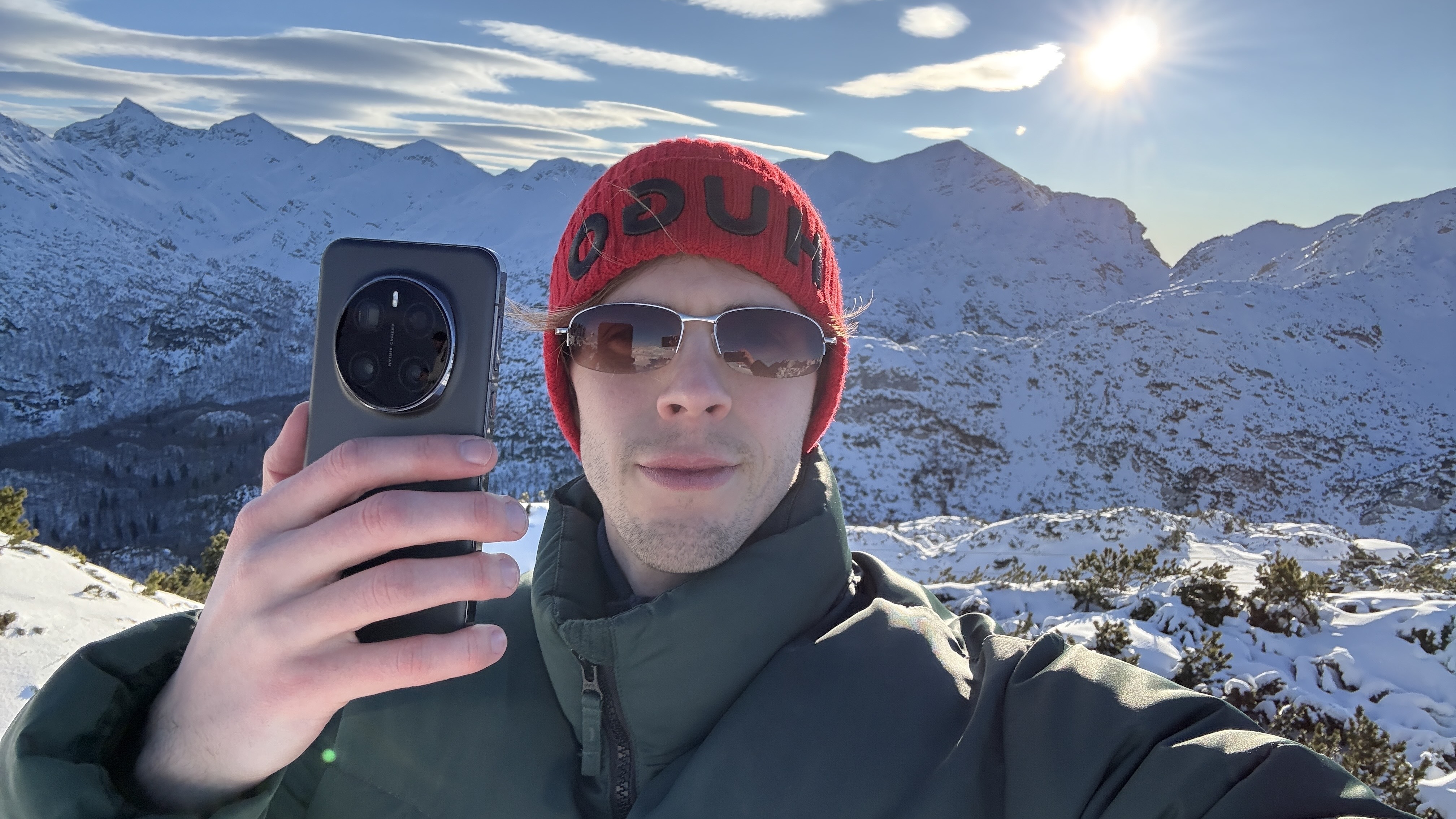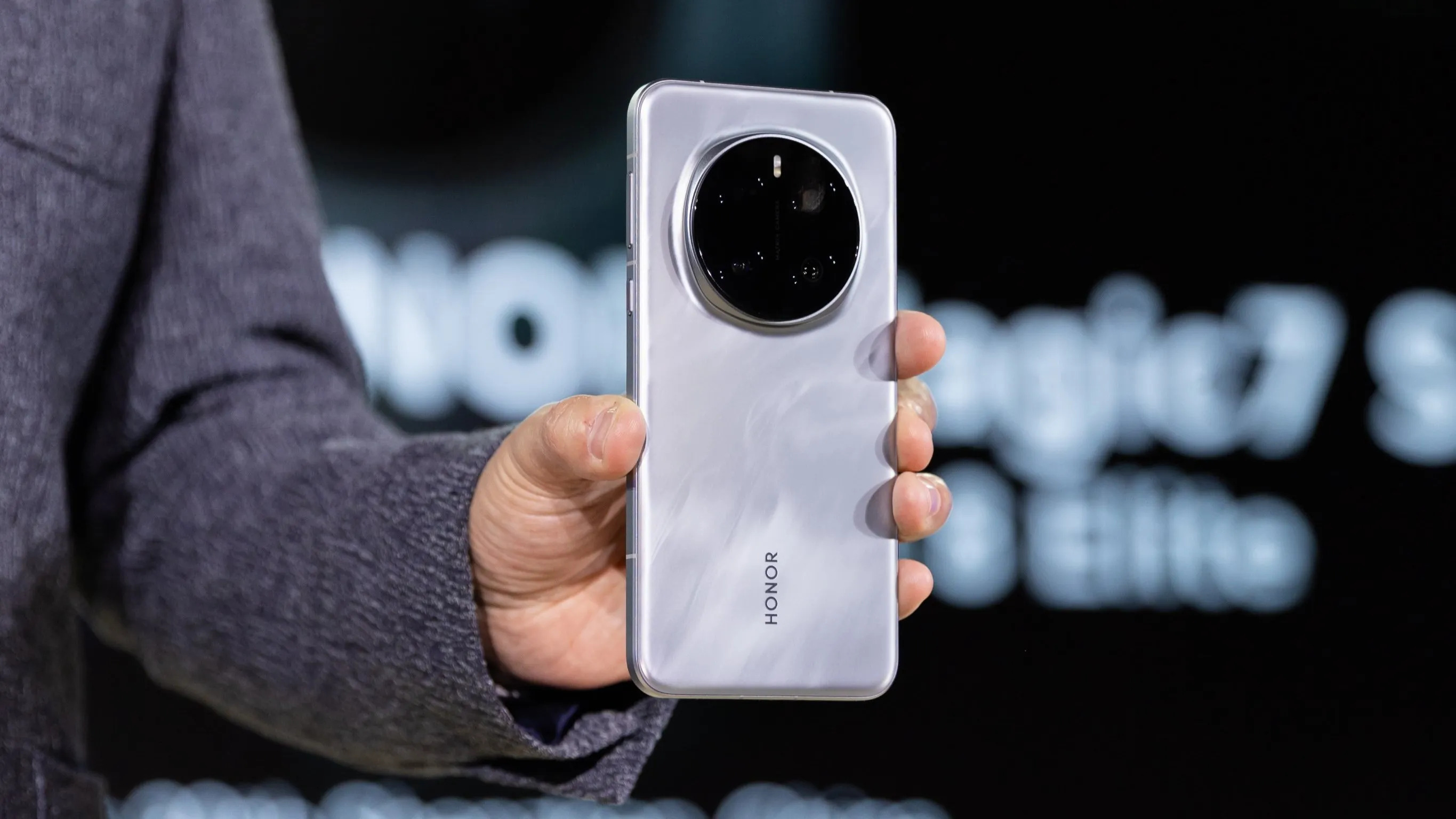
Depending on who you ask, AI and photography are a match made in heaven or inherently incompatible subjects.
When used behind the scenes to supplement smartphone hardware, AI can help us better capture the reality of a given scenario (consider Apple’s Smart HDR feature), but more explicit software-based photography features – those that work simply to beautify (read: falsify) images that would otherwise appear mundane – are becoming more powerful with every new smartphone generation.
Honor is among several mobile brands investing heavily in the potential of AI, and the company's latest flagship smartphone, the Honor Magic 7 Pro, introduces a first-of-its-kind AI tool that occupies a strange new middle ground between enhancement and falsification.
AI Super Zoom is a cloud-based feature that promises to capture “crystal-clear images” of “natural and urban architecture landscapes” at extreme distances. The optional tool, which requires an internet connection to function, kicks in at 30x digital zoom and uses generative AI to ‘fill in’ details that can’t be captured by the Magic 7 Pro’s hardware.
The promise, then, is impressive; when your phone’s 200MP 3x telephoto camera isn’t cutting the mustard, simply toggle AI Super Zoom to turn the Magic 7 Pro into a range-defying photography powerhouse.
The reality, of course, is a little different.
To test AI Super Zoom, Honor flew me out to the (absolutely beautiful) Julian Alps in Slovenia, where the benefits and limitations of this undoubtedly innovative new technology were laid bare.
Get daily insight, inspiration and deals in your inbox
Sign up for breaking news, reviews, opinion, top tech deals, and more.

The first thing to note, before diving into the photos, is that AI Super Zoom will always, without fail, add things that aren’t there. This is particularly true of shots that feature buildings, but AI Super Zoom will generate extra trees, rocks, and shadows in shots of natural landscapes, too. Of course, this happens because the AI is essentially guessing what the phone’s hardware has failed to capture – it's generative, after all – but this also means that Honor’s promise of “crystal-clear images” can’t ever truly be fulfilled.
If you can accept this fact – that you’ll always end up with a slightly different rendering of reality – then AI Super Zoom is a seriously impressive tool in the right situations. Take a look at the below examples to see what I mean (the first images are the originals, followed by AI Super Zoom versions):






In each case, AI Super Zoom has managed to replicate, in exquisite detail, what those scenes might look like up close. Considering that each subject is several kilometers away, that’s an impressive feat – though again, given that the software has artificially generated certain elements, these images make for better wallpapers or screensavers than they do accurate representations of reality.
That sentiment is particularly true for these next examples, which have a pleasantly artistic, but decidedly unreal, quality about them:






See what I mean? The AI Super Zoom results are oddly captivating, but they're almost digital in appearance.
And then we come to the shots of urban architecture landscapes, which are the most peculiar of the bunch. In some cases, the buildings look impressively sharp (see the first example), while in others, they look like they’ve been painted by Pieter Bruegel the Elder:














Honor is aware of the limits of AI Super Zoom. In a reviewer's guide for the Magic 7 Pro, the company notes: “AI Super Zoom won’t be activated in nighttime environments. Please [also] do not use AI Super Zoom to capture people.” The difficulties of those two scenarios are obvious. At night, there’s simply not enough light for the software to work with, and, for obvious reasons, you can’t use generative AI to generate people (in fact, Honor itself has developed an innovative Deepfake Detection feature to defend against scammers doing just that).
As you've seen, AI Super Zoom doesn’t work universally well in optimal conditions, either, but once you’ve sussed out and accepted its limits, the feature is an undeniably fascinating addition to a phone we described as “superb” in our Honor Magic 7 Pro review.
Crucially, it's also optional – you don't have to activate it if you don't want to. In that sense, AI Super Zoom is harmless, experimental fun.
A sign of things to come?

That said, I think AI Super Zoom is a sign of things to come in the smartphone world. The line between enhancement and falsification is becoming increasingly blurred – “It’s not as simple as real image and fake image,” Honor’s chipset supplier Qualcomm told me last year – and mobile manufacturers are aware that different users want different things from their smartphones.
Samsung, for instance, recognizes the need for nuance when discussing the subject of AI and photography. In an interview with TechRadar in January 2024, Samsung executive Patrick Chomet explained: “Questions around authenticity are very important and we [Samsung] go about this by recognizing two consumer needs; two different customer intentions. Neither of them are new, but generative AI will accelerate one of them.
“One intention is wanting to capture the moment – wanting to take a picture that’s as accurate and complete as possible. To do that, we use a lot of AI filtering, modification, and optimization [on our phones] to erase shadows, reflections, and so on. But we are true to the user's intention, which was to capture that moment.
“Then there is another intention,” Chomet continued, “which is wanting to make something. When people go on Instagram, they add a bunch of funky black-and-white stuff – they create a new reality. Their intention isn’t to recreate reality, it’s to make something new.”
Ironically, Honor’s AI Super Zoom feature tries to satisfy the first intention by leaning into the second – to capture the moment by making something new. That’s a tricky tightrope to walk, but Honor and other smartphone manufacturers will continue to do so if it means being able to offer customers something they can’t get anywhere else.
You might also like

Axel is TechRadar's UK-based Phones Editor, reporting on everything from the latest Apple developments to newest AI breakthroughs as part of the site's Mobile Computing vertical. Having previously written for publications including Esquire and FourFourTwo, Axel is well-versed in the applications of technology beyond the desktop, and his coverage extends from general reporting and analysis to in-depth interviews and opinion. Axel studied for a degree in English Literature at the University of Warwick before joining TechRadar in 2020, where he then earned an NCTJ qualification as part of the company’s inaugural digital training scheme.
You must confirm your public display name before commenting
Please logout and then login again, you will then be prompted to enter your display name.